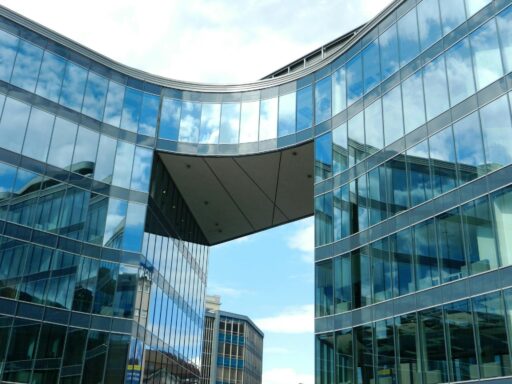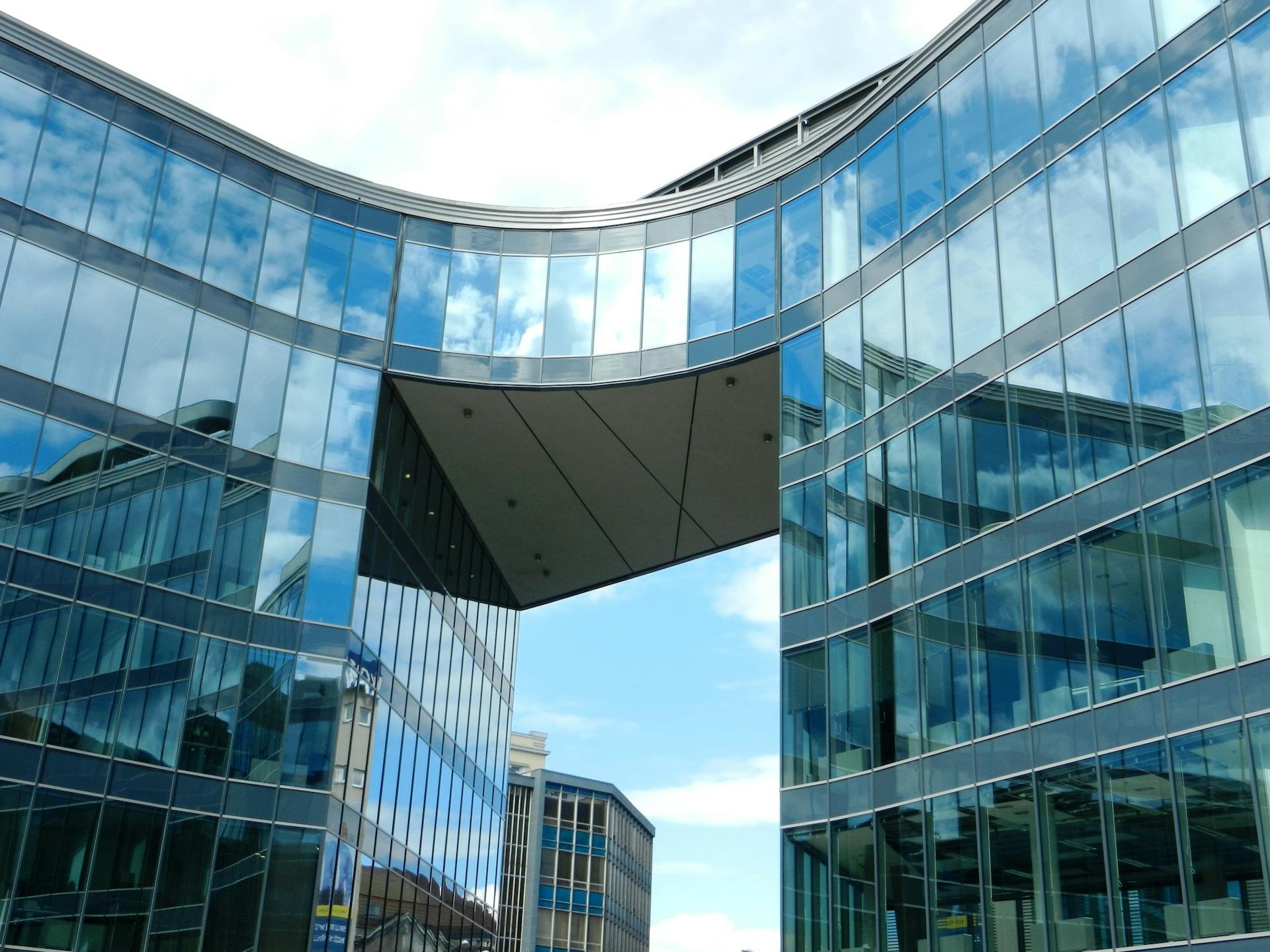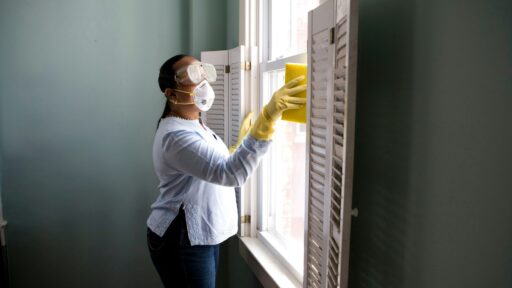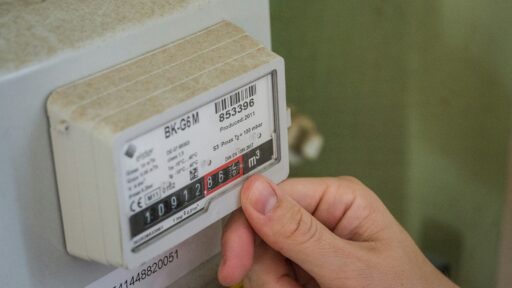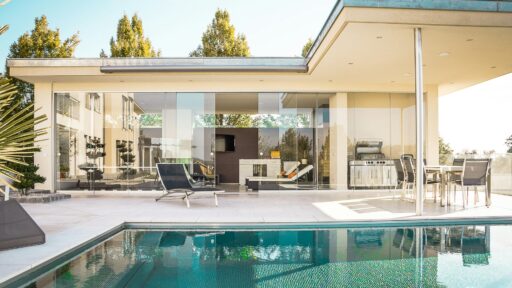Commercial property maintenance is a necessary but often expensive part of running a business. From structural repairs to routine servicing, the costs can be quite a burden, especially for business owners who are already managing tight budgets.
In cities like Sol Vista, CO, where winters bring extreme cold and heavy snowfall, proactive maintenance becomes even more critical. Neglecting small issues can quickly escalate into large, costly problems. But here’s the good news: smart, cost-effective maintenance strategies do exist—and they actually work.
This article dives into practical, budget-friendly maintenance hacks tailored specifically for commercial spaces.
Let’s begin exploring!
1. Roof Maintenance: When Coating Beats Replacement
Roofs in commercial buildings take a real beating, especially in places like Sol Vista, where heavy snow and freezing temperatures are common. The freeze-thaw cycle, snow accumulation, and ice dams can wear down roofing materials faster than you’d expect. That’s why regular roof inspections are a critical part of cost-saving maintenance. Catching cracks, blisters, or pooling water early helps you avoid major leaks and expensive structural repairs.
One smart alternative to replacing an entire roof is applying a roof coating. Coatings can restore the surface, seal minor leaks, and improve the building’s energy efficiency by reflecting sunlight. But this isn’t a DIY job. The condition of the roof, the type of building, and the weather all factor into whether a coating will work. That’s where hiring an experienced Sol Vista commercial roofing company becomes essential. Professionals who have years of experience can assess your roof honestly and apply the coating properly to ensure it actually delivers value.
2. HVAC Tune-Ups Instead of Full System Overhauls
When heating or cooling fails in a commercial space, productivity can plummet. But many business owners don’t realize that small, regular tune-ups can prevent major system failures. An HVAC system doesn’t need to be replaced the moment it starts acting up. Often, issues like uneven temperatures or strange noises come down to clogged filters, dirty coils, or loose electrical connections—all things that are inexpensive to fix.
Seasonal maintenance is a good habit. Having your system checked before winter and again in spring keeps everything running efficiently year-round. A technician can check refrigerant levels, clean the condenser, and make sure the thermostat is calibrated. These visits cost a fraction of what a new unit would, and they keep your building comfortable without running up your energy bill.
3. LED Lighting Conversions with Occupancy Sensors
Energy costs can sneak up on a business. One easy fix is converting outdated lighting to LEDs. They use less power, last longer, and need less frequent replacement. But to go a step further, installing occupancy sensors can help you eliminate wasted electricity altogether. These sensors turn lights on when someone enters a room and shut them off when it’s empty.
This small change is especially useful in areas like bathrooms, storage closets, and conference rooms—places that don’t need lighting 24/7. The energy savings often show up on your utility bill within a few months, making this one of the fastest returns on investment in building maintenance.
4. Seal Cracks and Insulate for Energy Efficiency
When a building feels drafty or hard to keep warm, many people think the HVAC system is to blame. In reality, energy loss often starts with poor insulation and small air leaks. Cracks around windows and doors, gaps in siding, or thin insulation in attic spaces can all lead to heat escaping in winter or sneaking in during summer.
Caulking those gaps and applying weatherstripping are inexpensive tasks that can be done without hiring a professional. Adding insulation in places like crawl spaces or above drop ceilings might require a little more effort, but it pays off quickly in reduced heating and cooling costs.
5. Preventative Plumbing Checks to Avoid Emergencies
Plumbing is easy to ignore until something goes wrong. A burst pipe or an overflowing toilet can halt operations and lead to costly cleanup. The better approach is to catch small problems before they turn into emergencies. That means checking under sinks for signs of leaks, listening for strange noises in the walls, and ensuring that water heaters and supply lines are in good shape.
Even simple checks like making sure drains aren’t slow or toilets aren’t running constantly can save water and prevent damage.
6. Floor Maintenance That Extends Lifespan
Floors in commercial spaces deal with constant foot traffic, heavy furniture, and exposure to dirt and moisture. Over time, this leads to wear and tear that can make a building look dated and unkempt. Full floor replacements are expensive and disruptive. That’s why proper maintenance is so important.
Make sure your floors are regularly swept and mopped with the right products. Harsh cleaners can damage the finish on tile, vinyl, or wood. For carpets, deep cleaning every few months helps lift embedded dirt and prevent permanent stains. Entrance mats placed strategically at every door trap dirt and moisture before it gets tracked inside. Small habits like these preserve the appearance and structural integrity of flooring, extending its life and keeping replacement costs at bay.
7. Paint Touch-Ups vs Full Repaints
Walls take a lot of abuse in commercial environments. Whether it’s scuff marks from chairs, scratches from equipment, or just general fading, repainting seems like the obvious solution. But full repaints aren’t always necessary. Spot touch-ups can keep a space looking fresh and professional without the time and cost of a large-scale project.
Keep a supply of leftover paint from your last job. Touch up high-traffic areas such as hallways, lobbies, and around doorways every few months. Pay attention to corners and areas around light switches—these spots tend to show wear faster. With a bit of upkeep, you can keep walls looking clean and presentable for years between full repaints.
8. Window Film for Climate Control
Windows can be a source of energy loss, especially if they’re older or not well insulated. Heat enters in summer and escapes in winter, causing your HVAC system to work harder than necessary. While replacing windows can be a major capital expense, there’s a much cheaper solution that delivers solid results—window film.
Applied directly to the glass, window films help regulate indoor temperatures by blocking UV rays and reducing heat transfer. In colder months, they also help retain warmth. Installation is quick and non-invasive, making it ideal for occupied commercial spaces.
Effective maintenance doesn’t have to drain your budget. The key lies in making smart choices and staying proactive. Whether it’s coating your roof, switching to LED lighting, or applying window film, each of these hacks contributes to a more efficient and cost-effective commercial space. When you focus on long-term savings and preventative care, you avoid costly breakdowns and extend the life of your building’s infrastructure.

